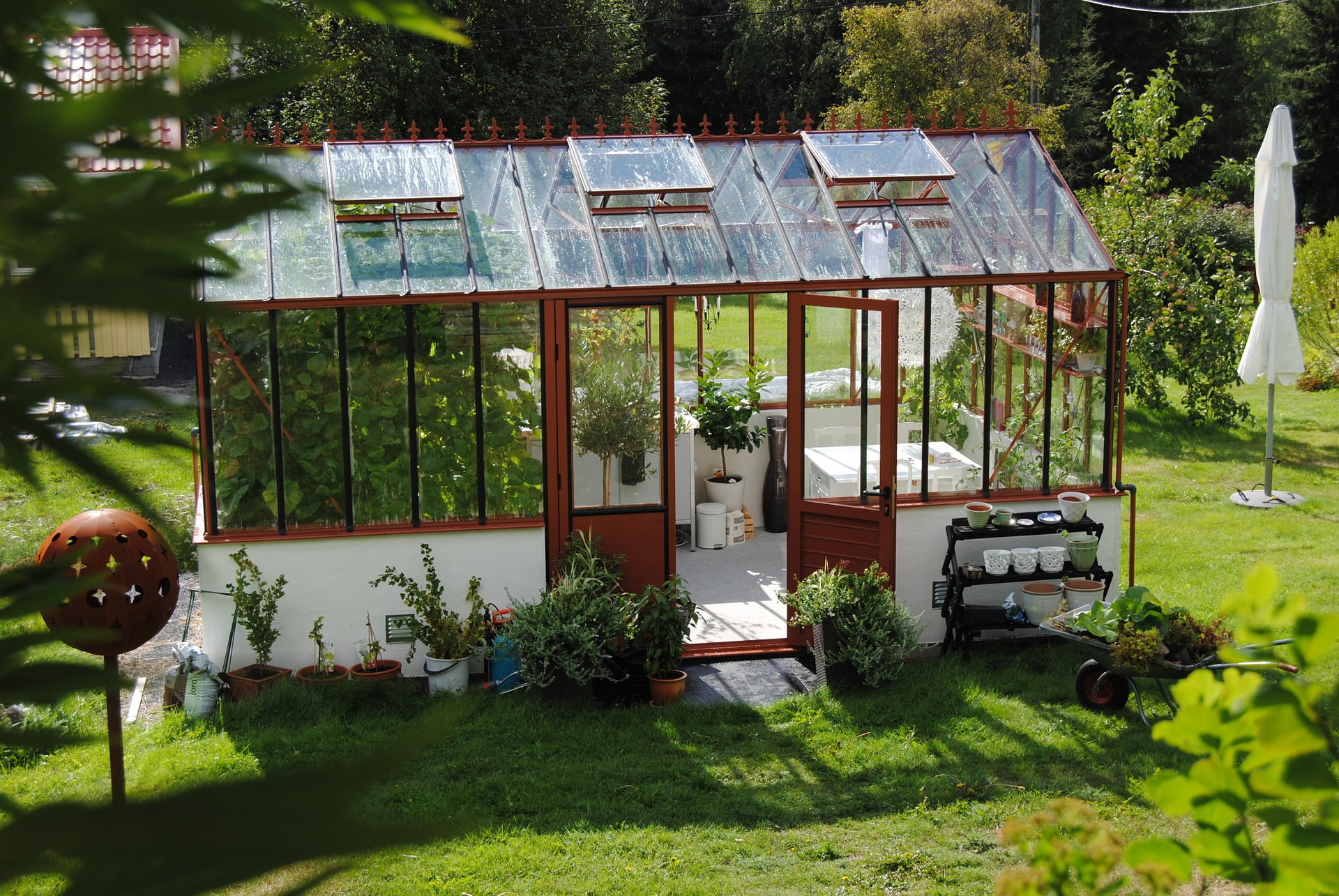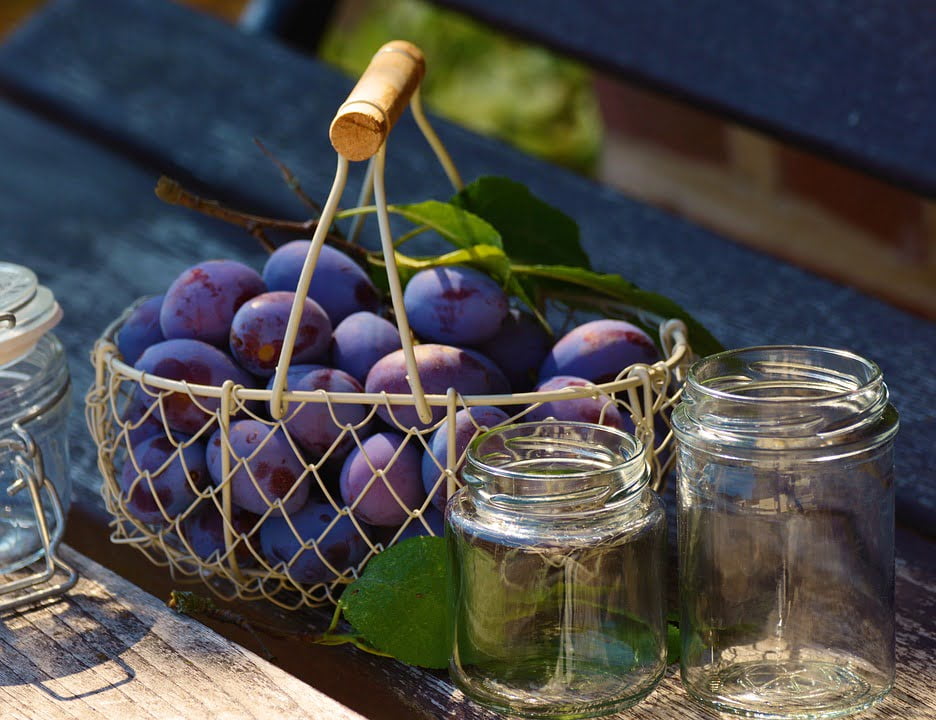Nothing beats waking up in the morning and going into your own backyard to pick a Meyer lemon for your tea and fresh strawberries for your cereal. No matter what the weather is like outside, you can grow your favorite fruit in a greenhouse.
You can find a greenhouse kit to suit your backyard almost no matter what size it is. The one you choose can be simple or state-of-the-art with automated features that control temperature, light, and moisture. The best part about all of them is that you’re not reliant on your climate or the season, and you can forget worrying about most pests as well as the critters that love to eat all that gorgeous fruit before you get to it.
These are the best fruits to grow in your greenhouse and some tips on what to expect:
Citrus
Lemons, limes, oranges, mandarins, and grapefruit can all be happy in a greenhouse environment. You can also grow more exotic citrus like Yuzu, citron, and kumquats. When planted in the ground, even dwarf citrus trees can grow to 10 feet or higher, but they tend to stay smaller when planted in containers, and you can use judicious pruning to maintain them at about 6 feet.
A benefit of the dwarf trees is that they mature and fruit in fewer years than their standard-size counterparts. It can take more than 7 years for a standard citrus tree to produce, but you can buy a dwarf tree that’s already 3 years old and bearing fruit.
And happily, just because they’re called dwarf doesn’t mean their fruit is smaller or less plentiful; dwarf trees can be prodigious producers and their fruit is as large and juicy as the ones on standard trees.
Strawberries
Strawberries are a great addition to a greenhouse garden because you can grow them in hanging baskets that not only make the most of the space but look beautiful, too. Growing strawberries in a greenhouse doesn’t mean they’ll bear all year round, but they will blossom and fruit a month earlier than if grown outdoors, and the best part is that they will be safe from snails and slugs that feast on them before you can even say strawberry shortcake.
Strawberries do need a chill period to initiate flowering, so depending upon your climate zone, leave them outside for the cold months and don’t bring them into the greenhouse until February. In their natural habitat, bees do the essential strawberry pollination, but since you probably don’t want to introduce them into your greenhouse, you can pollinate the berries yourself by brushing the flowers gently with a soft paintbrush.
The three main types of strawberries are alpine (wild strawberries) that produce outdoors from July to September, summer-fruiting strawberries that produce from early to mid-summer, and the so-called perpetual-fruiting strawberries that produce from early summer through early autumn. To maximize your crop and enjoy the berries as long as possible, plant all three types.
You can also grow raspberries and blackberries in a greenhouse environment, but although it’s possible to grow blueberries as well, they’re less likely to be very productive.
Peaches and Nectarines
These and other stone fruit grow well even in unheated greenhouses. Some varieties are self-pollinating and others will need your help with a soft paintbrush. While you can grow them in their natural shapes, espaliered trees can save space and add an elegant touch to the surroundings.
Grapes and Melons
Both of of these can be grown in a greenhouse. It’s just up to you to decide if it will be worth it in terms of how much fruit you can anticipate getting from them in the limited space. While it can be a fun exercise to grow grapes, don’t expect to produce enough to open your own winery. Melons are fun to grow, too, and their flowers are lovely, but they take a great deal of growing space so if you’re going to do it, plant them in biodegradable pots and plan to transplant them to your yard once they’re established.
Tomatoes
Though we generally think of them as vegetables, tomatoes are actually fruit. All varieties from beefsteaks to tiny cherry tomatoes can thrive in a greenhouse, and it’s a great way to grow them organically and even hydroponically. Fruit, vegetable or otherwise, home-grown tomatoes are leaps in flavor and consistency above what you can buy in the grocery store.










